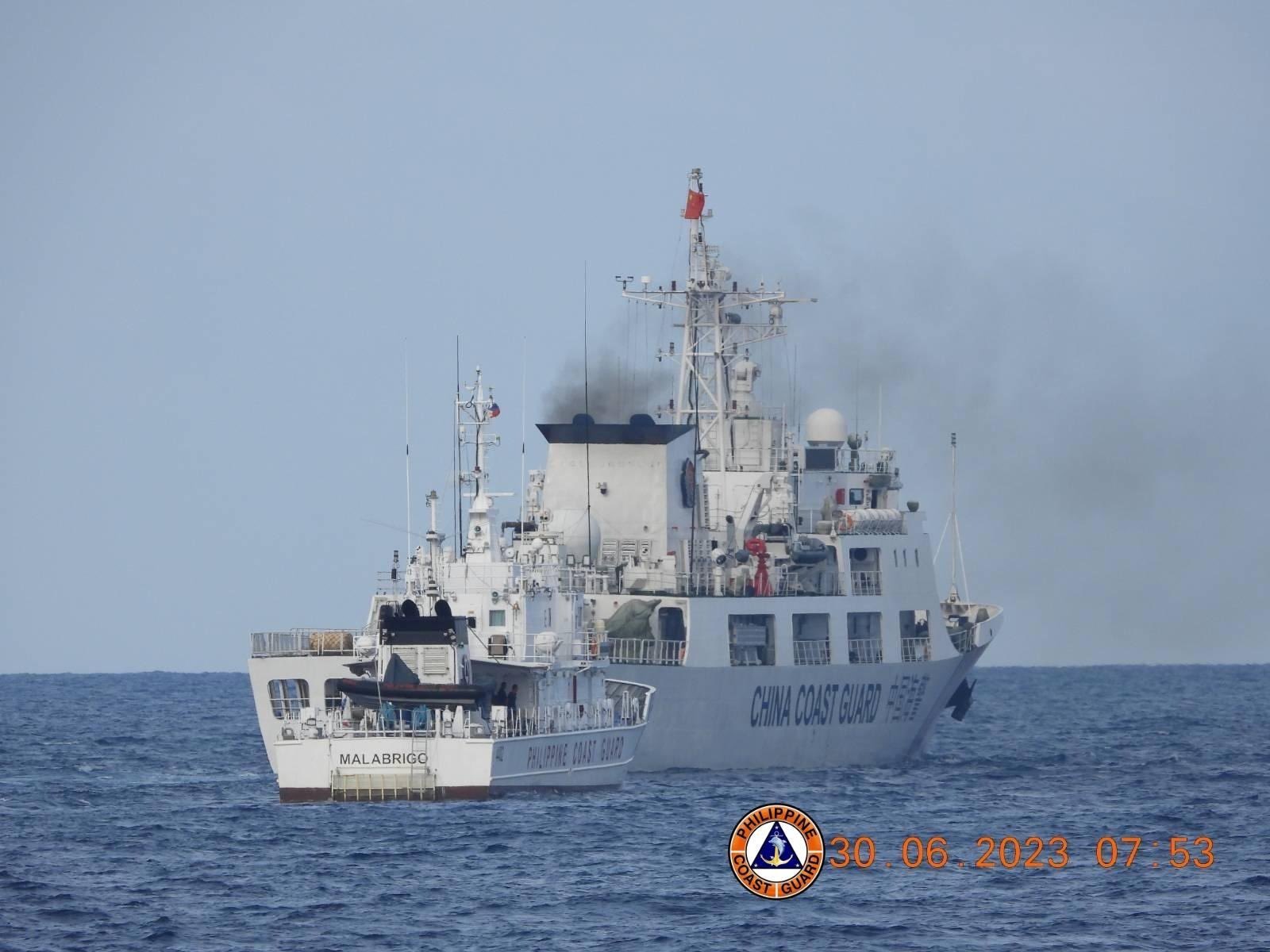
By Joyce Ann L. Rocamora | Philippine News Agency
A new study has blamed China’s dredging and clam harvesting activities for the destruction of almost 20,000 acres of reefs in the South China Sea (West Philippine Sea).
In a briefing in Mandaluyong on Thursday, Asia Maritime Transparency Initiative (AMTI) research associate Monica Sato said the giant clam harvesting by Chinese fishers damaged at least 16,353 acres of coral reef in the disputed waters.
Sato explained that giant clams have become popular in China because of its resemblance to elephant ivory.
“So, because it’s so similar to ivory, it became very popular in Chinese statuary, jewelry, and was sold for very high prices. The most expensive processed giant clam was sold for about US$106,000,” she said.
The report titled “Deep Blue Scars: Environmental Threats to the South China Sea,” to which Sato was the lead author, was first released in 2023.
It assessed a total of 181 satellite imagery of occupied and unoccupied features in the South China Sea.
On top of clam harvesting, the study also attributed to China’s island building efforts the damage to an additional 4,000 acres of coral reef in the area.
Sato said China mainly did dredging and landfill between 2013 and 2017 using the method “cutter-suction dredging,” where dredgers slice through the reefs and pump in the sediments through floating pipelines.
“Just try to imagine a drill going through the reef—that’s essentially what China’s doing,” she explained.
The study noted that dredging has always damaged the surrounding environment, but other claimants “have a history of using less destructive dredging methods”.
Until recently, it said Vietnam primarily used clamshell dredgers to scoop up sections of shallow reef and deposit the sediment on the area targeted for landfill.
The study said this method still destroys the coral reef but is much slower and causes less collateral damage to surrounding areas.
“When we totaled, we found that China has destroyed 4,500 acres of reef through dredging and landfill, Vietnam comes in second with 1,500 acres of reefs destroyed, and Malaysia and the Philippines and Taiwan barely scratched the surface— =they contribute to less than 100 acres of destroyed reefs,” she said.
One of the authors, AMTI Director Greg Poling also said the “only way to stop this is to convince Beijing to stop this”.
“Any effort to physically prevent this is going to be hopeless,” he said.
“We need to see an international coalition starting with Southeast Asia led by the claimants to better survey this damage, account for it, and hopefully negotiate some joint marine scientific research and fisheries management regimes among the Southeast Asian claimants,” he said.
